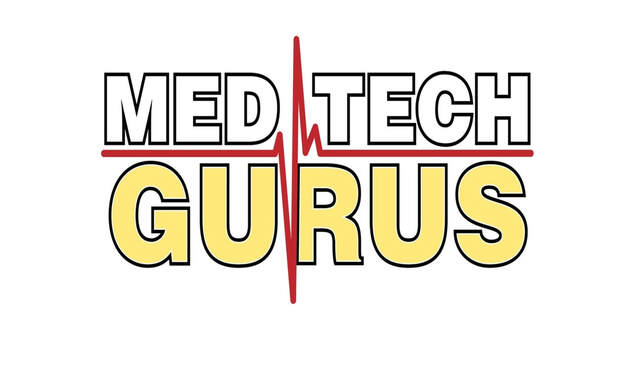STEP 1: UNDERSTAND VALUE ANALYSIS AND ITS ROLE It’s a two-word descriptor that couldn’t be more obvious: Value Analysis. If you can successfully fog a mirror, you already understand Value Analysis is the process of analyzing sets of data and information to thoughtfully assess the relative value of a particular item or service being offered. OK, we’ve all aced that part of the exam so let’s move on.
Next, we’ll toss this out right up-front: Value Analysis professionals are not the Lords of the Lowest Cost. Not at all. What they are is the equivalent of an economic traffic cop at a complex, delicately balanced six-way intersection that includes manufacturer, distributor, negotiator [Group Purchasing Organization or Integrated Delivery Network], hospital system, clinician and, most importantly, patient. Value Analysis pros are paid by the healthcare system or facility to obtain the highest available value [which may or may not be the lowest cost] for healthcare products or services, taking into consideration the specific needs and objectives of all parties previously mentioned. And that can be a wide-ranging collection of preferences. Perhaps ringmaster of a six-ring circus might be a more apt description … The role of the Value Analysis professional is difficult and demanding as they strive to find the often-elusive “sweet spot” that pleases everyone along the healthcare continuum. Suffice to say, these are highly intelligent people, many of them clinicians themselves, whose ultimate goal is to improve patient outcomes while simultaneously meeting the expectations of healthcare providers, as well as negotiating acceptable profit margins for healthcare administrators. Three seasoned denizens of the Value Analysis world share 12 key points to keep in mind as you begin the process of addressing and [hopefully] gaining approval from Value Analysis Committees. __________ AMY WHITAKER, MedTech Gurus “Panelist”
“[Conversely], one company helped support every painful step along the way. [That was] a leading indicator that it was going to be successful because the customer service and support was prompt and honest. We may say we need this product or that product and we understand they offer seven other products but respecting the scope really helps. We’re going to have some ‘pain points’ along the way and just know if we are working together in a prompt fashion, we can hopefully get to a result that everyone will accept and be amiable to.”
JAMES RUSSELL – MedTech Gurus “Panelist”
“We met with [the] surgeon who was a wonderful person and chair of the department and went over some data with him. He didn’t realize the costs the hospital incurred for his implants that were so much more than the others. He was clear with us: ‘If you want me to look at using another another supplier, that’s going to slow me down. I’m going to have to learn how to use different implants and different hardware and different vendor representatives and that’s not a simple thing.’ We’re very cognizant of preference but having said that, we’re evidence-based and if we are spending more and outcomes aren’t better, well … The phrase we use in Value Analysis is ‘unwanted variation’ and [we] see if we can influence it.” DARBY THOMPSON – MedTech Gurus “Panelist”
I’ve seen it many times: Wonderful ideas that just weren’t built to navigate the health care system because they were looking at it through a different business lens or maybe an academic lens, and healthcare is complex. There’s a lot of commitment, a lot of vetting that is involved, because you’re dealing with patient lives. There are a lot of things that come into play and if you’re aware of them early on, you’ll have a greater appreciation and fewer hurdles as you move forward into the healthcare market.”
“And once you have that [first] approval, stay focused. You’re going to learn a lot of things you hadn’t considered. Caregivers in hospitals are very good at providing feedback when they see you’re committed to providing continuity of care. Just because you have one hospital in the IDN that likes your product doesn’t mean you can go out and sign other hospitals in the IDN. Focus first on implementing that total value of care throughout that [hospital] then you can add the next customer.”
0 Comments
Leave a Reply. |
|
Proudly powered by Weebly

